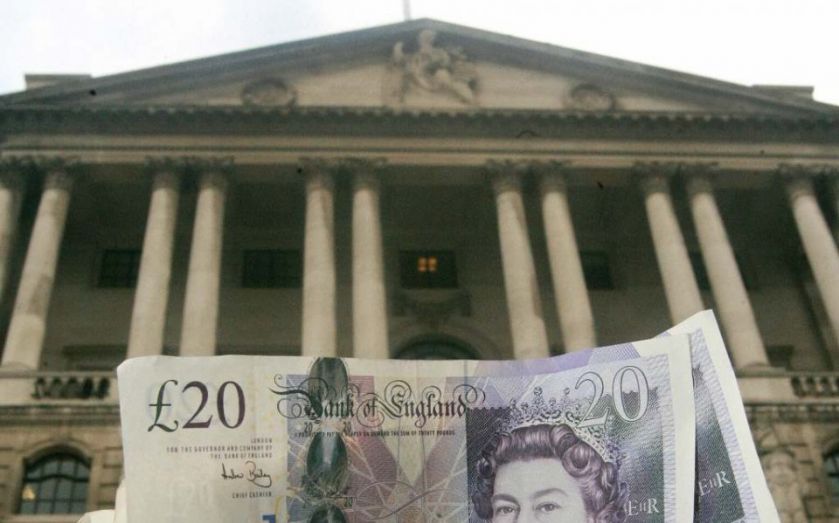Are interest rates about to rise? Don’t bank on it yet

Bank of England governor Mark Carney has set the cat among the pigeons with his recent comments on interest rate rises. From the media response, one could infer that a rate rise is just around the corner and a done deal. My response is hold on, not so fast.
For the first time since the financial crisis I have a bias towards raising rates, but that doesn’t mean I’m convinced we should raise them now. Let’s examine the case for a rate rise.
The latest Monetary Policy Committee (MPC) minutes state that “the balance of risks to medium-term inflation, relative to the 2 per cent target, was becoming more skewed to the upside at the current level of interest rates.” The MPC also stated that “the uncertainty caused by recent developments in Greece was a very material factor in their decisions.” So the MPC is worried about medium-term (two year horizon) inflation but is distracted by the threat of Eurozone deflation at the same time. Grexit has not gone away, but will it slip far enough down the threat list in the second half of 2015 to permit a rate rise in the UK?
Those advocating a rate rise point towards the acceleration in earnings growth above 3 per cent in 2015 and a fall in the unemployment rate towards the NAIRU (non-accelerating inflation rate of unemployment) at around 5 per cent (Labour Force Survey measure). Throw in record high consumer confidence, a perky housing market, stronger business investment intentions, and increased risk appetite from the banks, and there you have it, done deal! Or do you? The governor’s comments and ensuing speculation could slow the economy, because of the impact on the housing market and business investment.
Normalisation of interest rates has always been conditional on the economy attaining “escape velocity”, i.e. the point when the commercial banking system is in a position to finance recovery, as opposed to dependence on the central bank and QE. Improvements in bank leverage suggest that this point may (stress may) have been reached, but we can’t be sure. The last thing the MPC wants to do is raise rates and then be forced into a humiliating reversal. Caution will surely be the watchword. Bank of England chief economist Andrew Haldane’s recent comments on “asymmetry” suggest there are real concerns within Threadneedle Street about the potential impact of normalisation.
The acceleration in wage growth this year is also more nuanced than the headline figures suggest. Yes, earnings growth rose above 3 per cent (year-on-year) in April, but unit labour costs across the whole economy fell in the first quarter of 2015, due to stronger productivity. Companies are not facing strong pressure to pass on labour costs because of the impact on profit margins.
Perhaps most significantly, broad money growth (M4ex measure) remains very moderate at 4.4 per cent (year-on-year). This is still well below the 6 per cent growth target pencilled in by the MPC at the outset of QE. Those with an eye for economic history will also note that, in each of the three periods of monetary tightening over the past 30 years, broad money growth was always in double digits (13 per cent prior to the November 1984 to March 1985 tightening, 17 per cent prior to the June 1988 to October 1990 tightening, and 13 per cent prior to the August 2005 to July 2007 tightening). Of course, in the new normal, nothing is normal, but tightening monetary policy when broad money growth stands at just over 4 per cent would be a brave move and the wrong one.